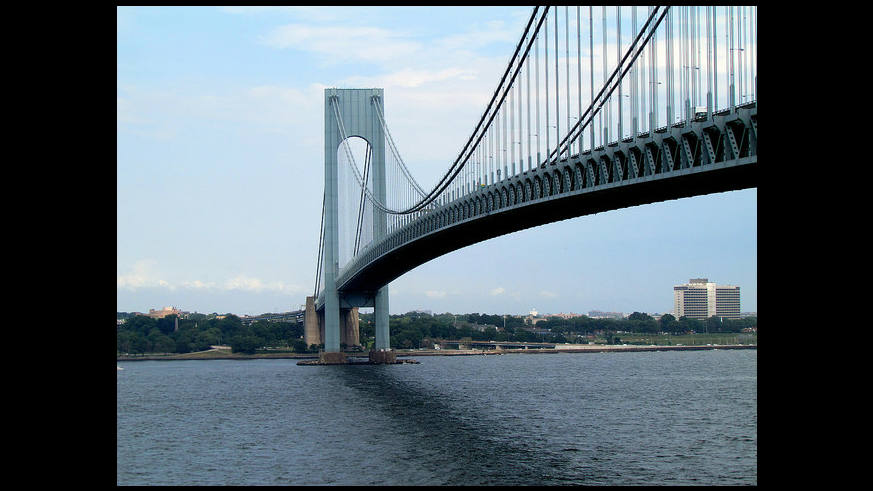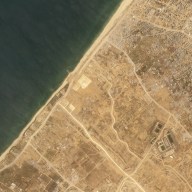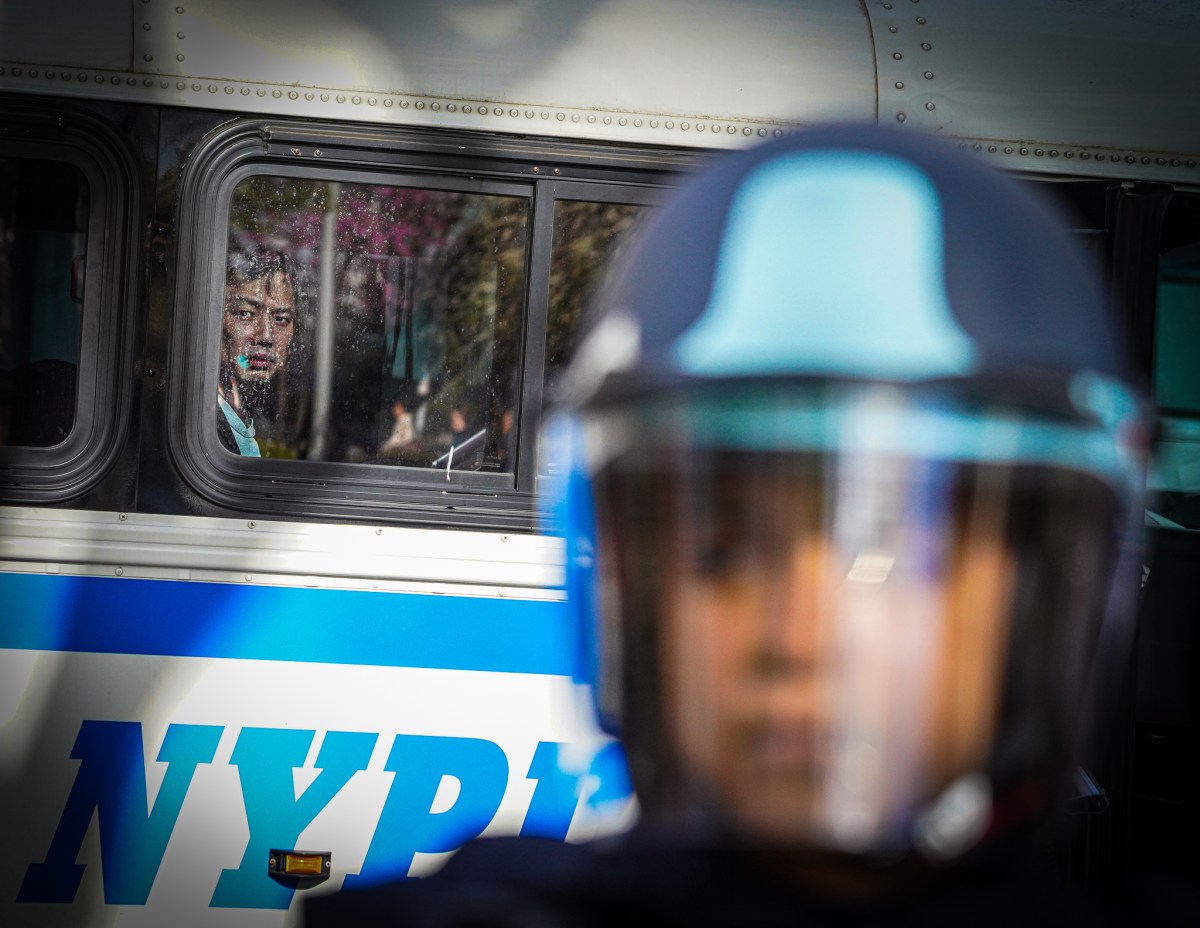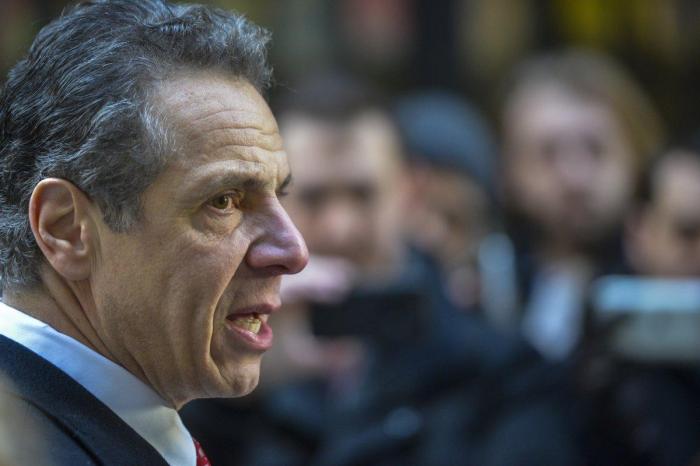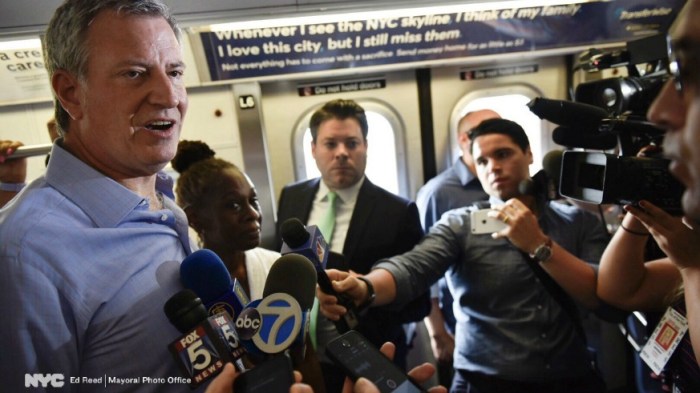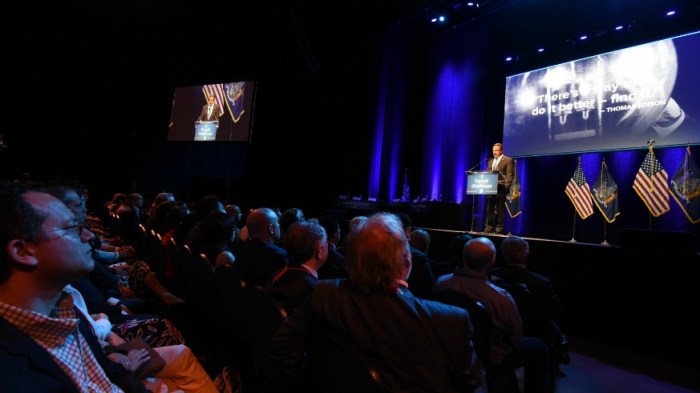With summer in full swing, cashless tolling is rolling in to make summer road tripping a bit easier.
Governor Andrew M. Cuomo announced on Friday cashless tolling will begin on the Verrazano-Narrows Bridge at 3 a.m. on July 8.
The Verrazano-Narrows Bridge joins the RFK Bridge, Henry Hudson Bridge, Hugh L. Carey Tunnel, Queens Midtown Tunnel, and Rockaway Bridges (Cross Bay and Marine Parkway), where sensors and cameras suspended over the highway on structures known as “gantries” read E-ZPass tags and take license plate images, so vehicles no longer have to stop and pay the toll. The Throgs Neck Bridge will go cashless in September 2017 and the Bronx-Whitestone Bridge in October 2017.
The governor is also encouraging commuters to sign up for E-ZPass and save on tolls across the state, including 30 to 50 percent at bridges and tunnels in New York City.
Vehicles with E-ZPass tags are automatically charged, and vehicles without E-ZPass have their license plate recorded and a bill is mailed to the registered owner of the vehicle.
Customers who do not pay their tolls are subject to violation fees, registration suspensions, and other enforcement actions. Late fees accrue if an initial toll bill is unpaid, and if a second notice is also ignored, violation fees of up to $100 per toll violation may be imposed.
The New York State Department of Motor Vehicles has enacted regulation that allows suspension of the vehicle registration of motorists with three or more unpaid tolls, violation fees and other charges resulting from violations on different days and of commercial vehicle owners with $200 or more in unpaid tolls and violation fees within a period of five years, who ignore toll authorities’ repeated notices.
According to Cuomo’s office, cashless tolling is projected to save commuters up to 21 hours of drive time every year. It also reduces emissions and significantly decreases the amount of fuel burned by drivers, who will no longer have to stop and wait to pay tolls. This will conserve approximately one million gallons of fuel and save $2.3 million each year.

